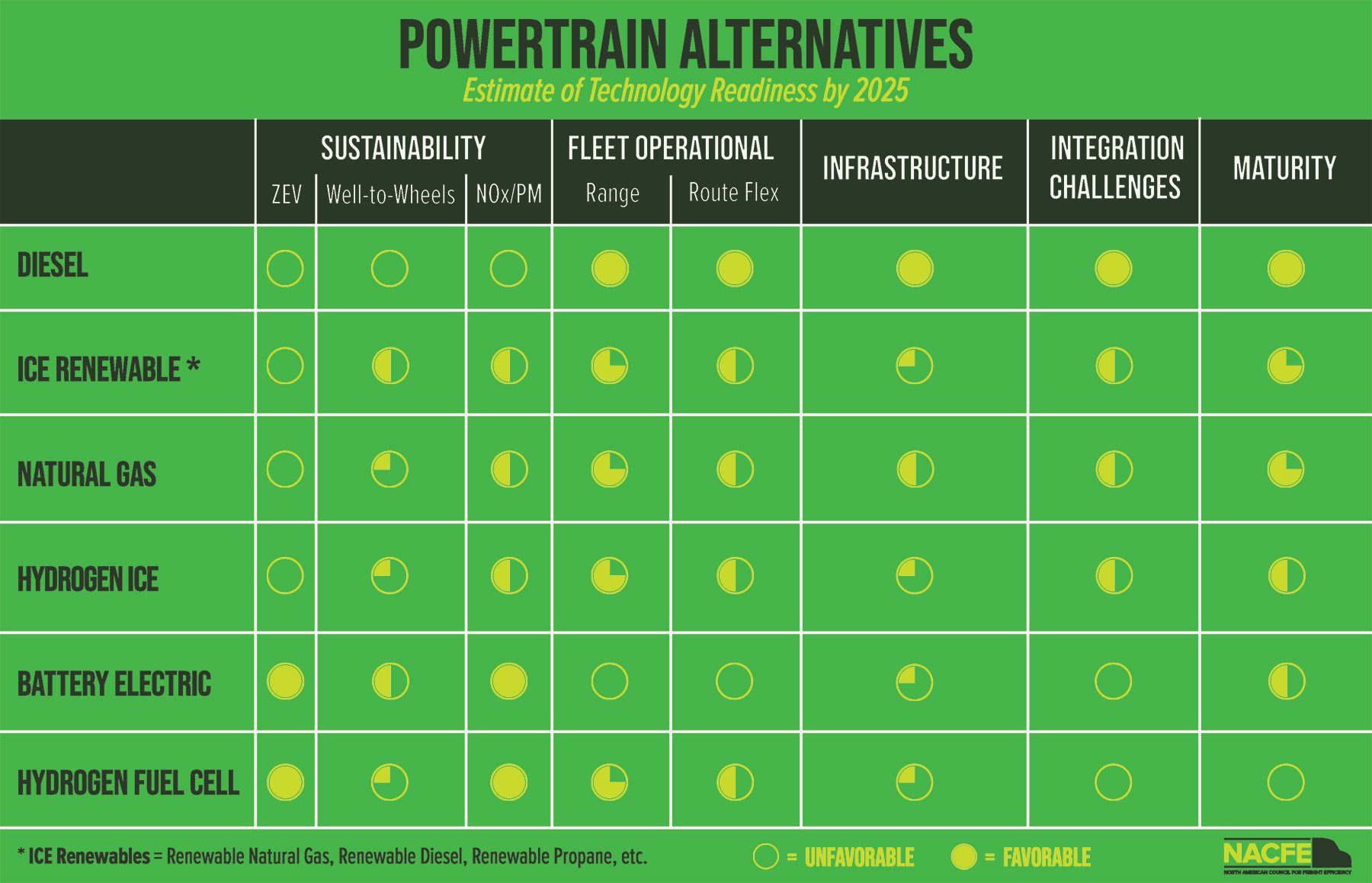
To reduce GHG emissions and enhance sustainability, it's crucial to consider more than just switching the lightbulbs in your facilities. Start by categorizing emissions into Scopes 1, 2, and 3. Understanding these scopes makes it easier to assess and interpret targets and energy transition plans.

Scope 1
Direct emissions that are owned or controlled by a company.

Scope 2
Indirect emissions that are a consequence of the company’s activities, but do not occur from sources owned or controlled by that company.

Scope 3
Indirect emissions that are the result of activities from assets not owned or controlled by the reporting organization, but that the organization indirectly affects in its value chain.
Scope 3 Impact
On average, an organization's Scope 3 supply chains emissions are approximately 92% of an organization's total GHG emissions or 11.4 times higher than Scope 1 and Scope 2 emissions.
92% of emissions are scope 3
Reducing scope 3 emissions with your for-hire carriers
We are in a phase that requires exploring several options considering the truck and the supporting infrastructure.
The future of fuel will not be one solution.
what is ready now?
Coined by the North American Council for Freight Efficiency (NACFE), the Messy Middle describes the time between now and when the trucking industry gets to the zero-emission movement.
ICE Renewables tap into the existing diesel, natural gas, and propane infrastructures for access and distribution.

Renewable Natural Gas

PTI's Expertise in Sustainability
Take Control of Your Supply Chain
Working with Paper Transport provides you asset and non-asset solutions. This means more capacity options to deliver your brand to your customers, day after day.




